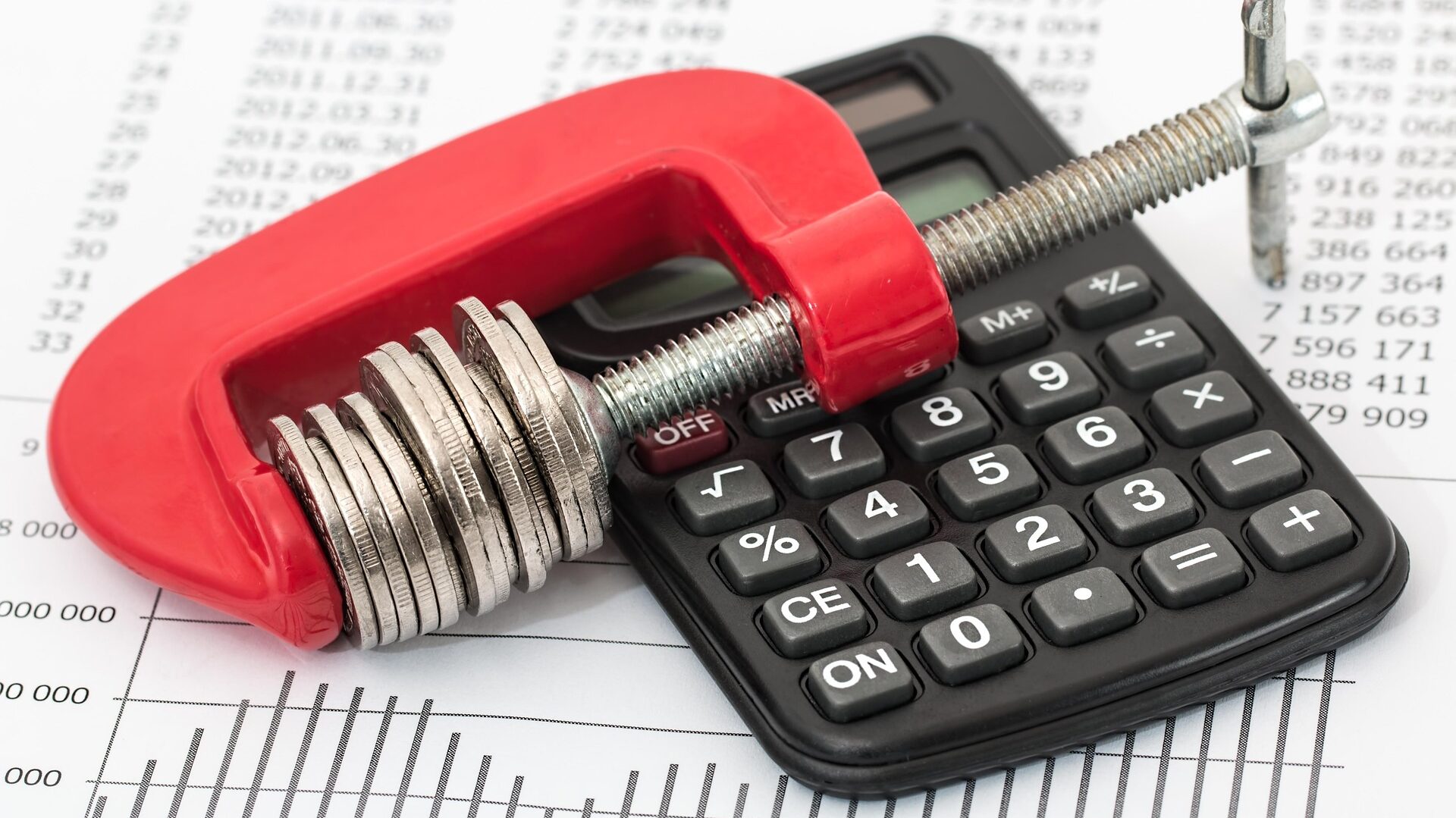One of the most effective instruments for money management is a budget. It assists you in reaching your financial objectives, controlling expenditure, and lowering financial stress. Making a budget, however, is only the first step; true financial success comes from following it. We’ll walk you through the process of making a successful budget and how to stick to it in this post.

Why Budgeting is Important
- Gives Financial Control – Helps you track where your money goes.
- Eliminates Wasteful Spending – Prevents unnecessary expenses.
- Builds Savings & Wealth – Ensures a portion of income is saved.
- Reduces Debt – Allows you to prioritize debt repayment.
- Prepares for Emergencies – Helps build a financial cushion.
Step-by-Step Guide to Creating a Budget
1. Determine Your Income
- Determine your monthly after-tax income from sources such as freelance work, side income, and salary.
- If your income fluctuates, take the average of previous months.
2. List Your Expenses
Divide expenses into three main categories:
- Fixed Expenses (Rent/mortgage, insurance, loans, utility bills, subscriptions).
- Variable Expenses (Groceries, transportation, entertainment, dining out).
- Savings & Debt Repayment (Emergency fund, retirement, extra loan payments).
3. Follow the 50/30/20 Budget Rule
A simple and effective budgeting strategy:
- 50% Needs – Rent, utilities, groceries, transportation.
- 30% Wants – Entertainment, travel, hobbies, dining out.
- 20% Savings & Debt – Emergency fund, retirement, extra loan payments.
4. Set Financial Goals
- Short-Term Goals (Pay off credit card debt, build a small emergency fund).
- Medium-Term Goals (Save for a vacation, buy a car, pay off student loans).
- Long-Term Goals (Retirement savings, buying a home, wealth building).
5. Use Budgeting Tools & Apps
- Try tracking applications like EveryDollar, Mint, or YNAB (You Need A Budget).
- Track income and expenses manually using spreadsheets.
- To prevent late fees, set up alerts for bill payments.
How to Stick to Your Budget
1. Track Your Spending Daily
- At the conclusion of each day or week, review your spending.
- Determine where you are overspending and make the necessary corrections.
2. Cut Unnecessary Expenses
- Terminate any memberships and subscriptions that are not in use.
- Prepare meals at home rather than going out to eat often.
- When you shop, keep an eye out for sales and cashback incentives.
3. Use the Envelope System
- Set aside money for various spending categories, such as groceries, entertainment, and petrol.
- Until the following month, don’t spend money in an envelope that is empty.
4. Automate Savings & Bill Payments
- On payday, set up automatic payments to savings accounts.
- To prevent missing deadlines, set up automatic bill payments.
5. Review & Adjust Your Budget Monthly
- Verify that you achieved your objectives and adhered to your spending plan.
- Modify spending categories in response to shifts in revenue.
- If you earn bonuses or additional income, increase your savings.
Common Budgeting Mistakes to Avoid
❌ Not Tracking Small Expenses – Small purchases add up over time. ❌ Setting an Unrealistic Budget – Allow some flexibility for unexpected costs. ❌ Ignoring Savings – Prioritize saving before spending. ❌ Not Adjusting for Income Changes – Update your budget as your income increases or decreases.

